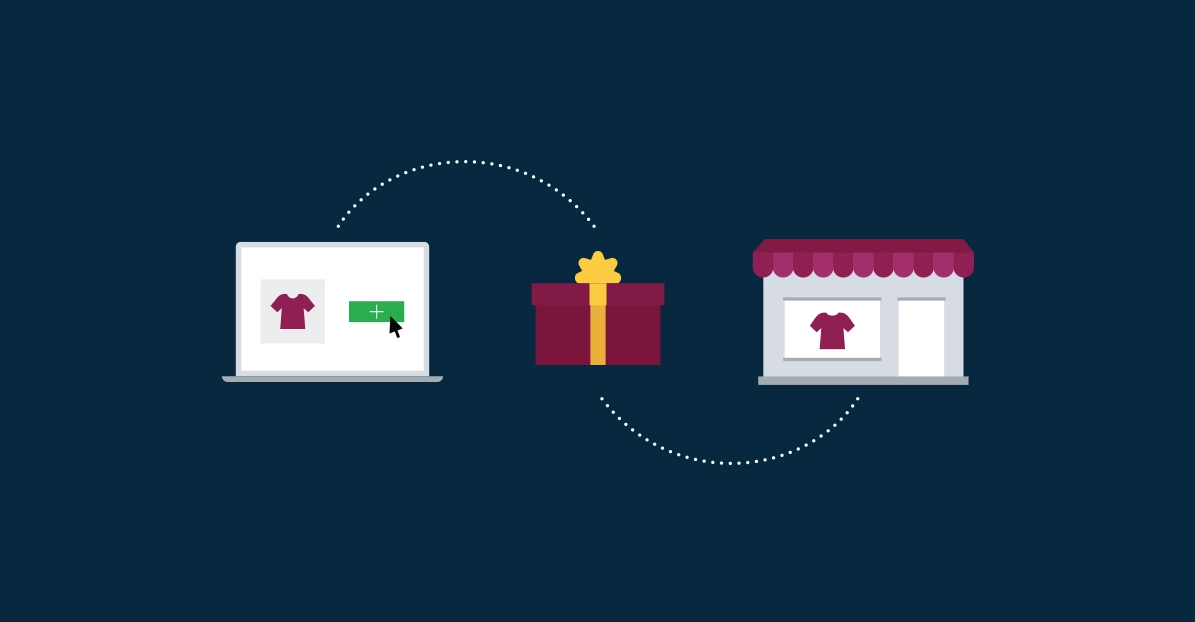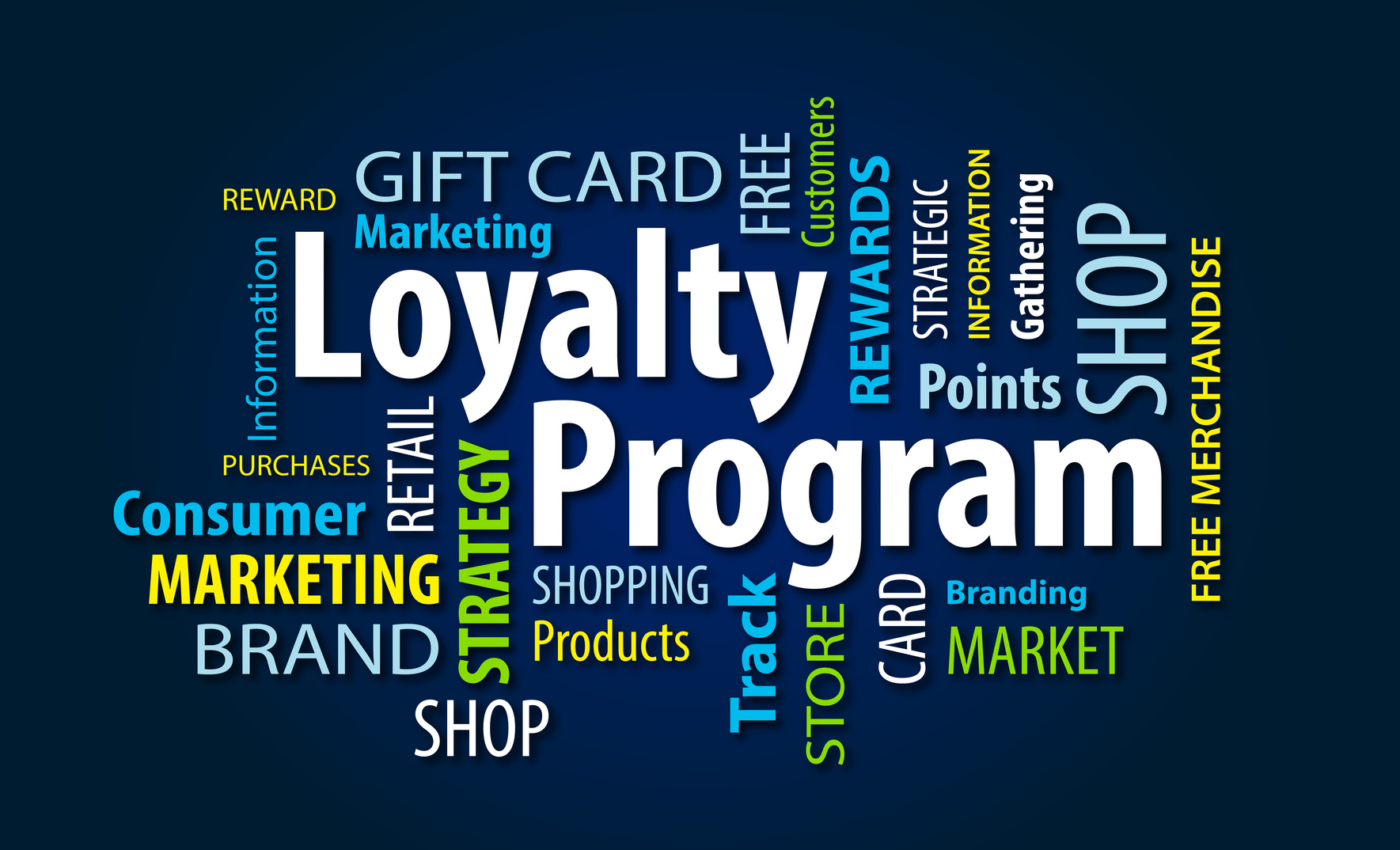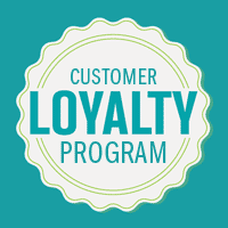All Categories
Featured
Table of Contents
In Andover, MA, Kara Payne and Cade Hurst Learned About Network Marketing

What if you could grow your service without increasing your costs? In fact, what if you could really decrease your spending however increase your sales, year after year? Would you do it? If you're a company owner, then you'll likely offer a definite 'yes', a basic response to an even easier concern.
A benefits program tracks and benefits specific spending habits by the client, providing special benefits to devoted consumers who continue to patronize a certain brand name. The more that the consumer spends in the shop, the more advantages they get. Over time, this incentive builds devoted consumers out of an existing customer base.

Even if you currently have a reward program in location, it's a great idea to dig in and fully comprehend what makes client commitment programs work, along with how to carry out one that costs you little cash and time. Don't fret, I'll assist you with that. I'll break down the primary benefits of a commitment program and the finest ways to develop loyal customers.
Let's dig in. Client commitment is when a client returns to do company with your brand name over your rivals and is mostly affected by the positive experiences that the consumer has with your brand name. The more favorable the experience, the most likely they will go back to shop with you. Customer commitment is extremely crucial to organizations because it will help you grow your organization and sales faster than a basic marketing strategy that concentrates on hiring new consumers alone.
A few methods to measure customer loyalty include:. NPS tools either send out a brand performance survey through email or ask customers for feedback while they are checking out a service's website. This information can then be utilized to better understand the likelihood of consumer loyalty. A repurchase ratio determines the ratio of repeat purchasers versus one-time buyers.
Customer commitment index (CLI). The CLI tracks consumer loyalty with time and is comparable to an NPS survey. Nevertheless, it considers a few extra elements on top of NPS like upselling and buying. These metrics are then used to evaluate brand commitment. A customer commitment program is a marketing strategy that rewards clients who make purchases and engage with the brand name on a continued basis.
Client rewards programs are created to incentivize future purchases. This motivates them to continue working with your brand name. Customer commitment programs can be set up in lots of different ways. A popular customer loyalty program benefits customers through a points system, which can then be invested on future purchases. Another type of client commitment program may reward them with member-exclusive benefits or totally free gifts, or it might even reward them by contributing cash to a charity that you and your consumers are mutually enthusiastic about.
In Calhoun, GA, Ezra Rosario and Christine Hodge Learned About Target Market
By using benefits to your customers for being faithful and helpful, you'll develop a relationship with them, deepening their relationship with your brand and ideally making it less most likely for them to switch to a competitor. You have actually likely seen client loyalty programs in your own shopping experience, whether at your preferred cafes or your most frequented supermarket.
But even if everybody is doing it doesn't imply that's an excellent adequate factor for you to do it too. The much better you understand the benefits of a consumer rewards program, the more clarity you will have as you create one for your own store. You won't be distracted by interesting benefits and complicated commitment points systems.
Remember: work smarter, not harder. Client retention is the primary benefit of a benefits program that works as a structure to all of the other advantages. As you supply rewards for your existing customer base to continue to acquire from your shop, you will provide your shop with a constant circulation of money month after month.
By growing your retention rate, you can stop investing as much time or money on increasing your general number of consumers. Why is this essential? Faithful clients have a greater conversion rate than brand-new clients, implying they are most likely to make a transaction when they visit your shop than a new consumer.
By increasing your retention rate by only 5 percent, you can increase your revenues by 25 percent and as much as by 95 percent. Needless to say, your retention rate matters. Secret Takeaway: If you want to substantially increase your profits, provide incentives for your existing customers to continue to patronize your shop.
And you will not have to invest cash on marketing to get them there. Customer acquisition (aka bringing in new clients) takes a lot of effort and money to encourage complete strangers to trust your brand name, pertained to your shop, and try your products. In the end, any money earned by this brand-new customer is overshadowed by all of the cash invested in getting them there.
Secret Takeaway: If you wish to minimize costs, focus on client retention instead of customer acquisition. When you focus on providing a positive personalized experience for your existing clients, they will naturally inform their family and friends about your brand name. And with each subsequent deal, faithful clients will tell much more individuals per deal.
In Rowlett, TX, Kaylah Madden and Eli Simmons Learned About Special Offers
The very best part? Since these brand-new consumers came from relied on sources, they are more most likely to develop into loyal customers themselves, investing more typically than brand-new customers generated by other marketing efforts. The Chase Ultimate Benefits program, for example, uses significant advantages for people who travel a lot.
The 'ultimate benefits' that Chase cardholders get include 2x points per dollar invested on all travel purchases along with primary rental car insurance, no foreign deal costs, journey cancellation insurance coverage, and purchase protection. For individuals who take a trip a lotand have disposable earnings to do sothere is a massive incentive to spend cash through the supreme benefits program.
This whole process makes redeeming rewards something worth boasting about, which is exactly what lots of cardholders wind up doing. And to help them do it, Chase provides a benefit for that too. Secret Takeaway: Make it easy for your consumers to boast about you and they will spread the word about your store for free.
As soon as you get the basics down, then using a loyalty rewards app can help look after the technical information. Here are the steps to get begun with developing your consumer commitment program. No customer wishes to buy products they do not desire or require. The very same chooses your loyalty program.
And the only method to tailor an irresistible client commitment program is by thoroughly knowing your client base. The very best method to do this? By carrying out these methods: Build client contact information wherever possible. Guarantee your company is constantly constructing a comprehensive contact list that permits you to access existing consumers as frequently and as quickly as possible.

Track client habits. Know what your consumers desire and when they want it. In doing so, you can expect their wants and requires and provide them with a loyalty program that will satisfy them. Categorize consumer individual characteristics and choices. Take a multi-faceted technique, don't restrict your loyalty program to just one avenue of success.
Motivate social networks engagement. Frame methods to engage with your clients and target audience on social media. They will quickly supply you with very insightful feedback on your items and services, enabling you to better understand what they get out of your brand name. When you have exercised who your consumers are and why they are doing service with your brand name, it's time to choose which type of commitment benefits program will encourage them to stay devoted to you.
In Lawrence Township, NJ, Zaiden Stephenson and Dale Zamora Learned About Loyal Customers
However, the most typical customer loyalty programs centralize around these primary concepts: The points program. This type of program concentrates on fulfilling consumers for each purchase they make with points in a point system. These points can then either be used on future purchases or put towards some form of benefit.
The paid program. This type of program requires consumers to pay a one-time or yearly cost to join your VIP list. Loyalty members who come from this list are able to access unique rewards or member-exclusive benefits. The charity program. This kind of program is a little various than the others.
This is attained by encouraging them to do business with the brand and, in return, their loyalty will be rewarded with a contribution to a charity. The tier program. This type of program focuses on increasing levels of brand name loyalty. The more loyal a customer is to a brand name, the greater tier they will reach and the better the benefits they will receive.
This type of program is just as it sounds, where one brand name partners with another brand name to provide their cumulative audiences with exclusive member discounts or deals that they can redeem while doing business with either brand. The community program. This type of program incentivizes brand name commitment by offering its members with access to a like-minded community of individuals.
This type of program is relatively similar to paid programs, however, the subscription charge occurs on a regular basis rather than a one-time payment. Next, pick which client interactions you want to reward. Base these rewards around which interactions benefit your service one of the most. For instance, to help your company out, you can provide action-based rewards like these: Reward customers more when working with your brand throughout a slow duration of the year or on an infamously sluggish day of business.
Reward consumers for engaging with your brand on social media. Incentivize particular items you are trying to move rapidly. Incentivize purchases that are over a certain dollar amount. The idea is to make your customer loyalty program as simple as possible for your clients to use. If your consumer loyalty program isn't staff friendly, isn't easy to track, is too expensive to run, or isn't simple for your clients to use or understand, then personnel and clients alike most likely won't benefit from it.
To remove these barriers to entry, think about integrating a consumer commitment software that will assist you keep top of all of these aspects of your program. Some quality consumer program software include:. CandyBar is a digital punch card program. It works by tracking your client's purchases through an app on a computer system, phone, or tablet.
In Asheville, NC, Guadalupe Mccarty and Shaylee Wu Learned About Marketing Tips
Commitment members can then check their benefits by means of text and organization owners can use the program to contact their customers. Yotpo. Yotpo is a cloud-based customer loyalty platform specifically for eCommerce organizations. This software application is particularly good at collecting every type of user-generated material, valuable for customizing a better customer experience.
Loopy Commitment is a helpful consumer loyalty software for services that mainly utilize Google Wallet or Apple Pay as their payment platforms. The software application develops a digital commitment card that sends push alerts to their consumers' phones when they remain in close distance to their physical store. As soon as you've taken the time to choose which client commitment methods you are going to implement, it's time to begin promoting and signing up your first commitment members.
Use in-store advertisements, integrate call-to-actions on your site, send out promotions via e-mail newsletters, or upload promotional posts on social networks to get your consumers to join. It is very important to comprehend the main benefits of a client rewards program so that you can create a customized experience for both you and your client.
Consider it. You understand what sort of items your clients like to buy but do you understand what brings them back, day after day, week after week? What makes them select your store over the store across the street? What makes them your consumer and not the customer of your biggest rival? Remarkably, the answers to these questions do not come down to discount rate prices or quality products.
Table of Contents
Latest Posts
Law Firm Website Design, Attorney Web Design, Lawyer ... Tips and Tricks:
What Is A Web Designer? (2022 Guide) - Brainstation® Tips and Tricks:
Web Design And Development - Invision Tips and Tricks:
More
Latest Posts
Law Firm Website Design, Attorney Web Design, Lawyer ... Tips and Tricks:
What Is A Web Designer? (2022 Guide) - Brainstation® Tips and Tricks:
Web Design And Development - Invision Tips and Tricks: